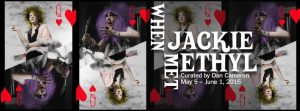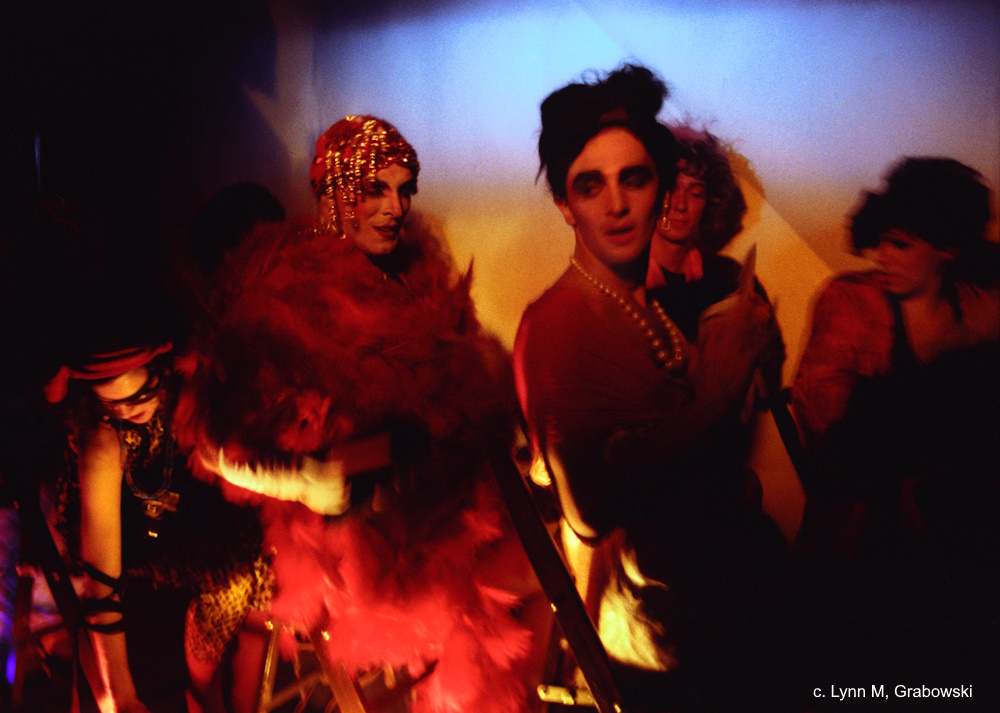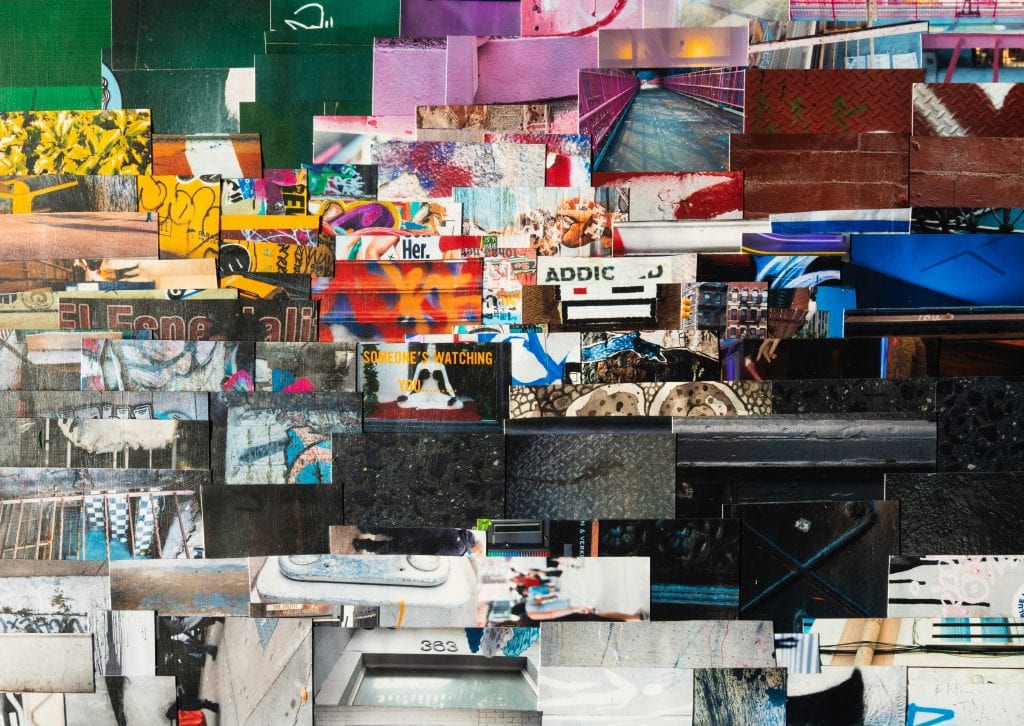
JACKIE, ETHYL…ETHYL, JACKIE
Someday I’d like to host an intimate tea party where the only guests would be Jackie Curtis and Ethyl Eichelberger. Partly because I’m in awe of them, and partly because they’re both long dead, I’m sure I’d be far too nervous to whip up anything foodwise, so it’d have to be a catered affair, and in fact I already have the perfect spot picked out for it, at a café table just inside the arboretum. My hands trembling as I refill their delicate porcelain cups, I’d be way too shy to ask them anything directly, but instead would just cock my head and wait for the pearls of wisdom and madness to come tumbling from their painted lips.
This fantasy description more or less encapsulates the motivation behind this exhibition. As a young gay man from the sticks who moved to New York in the fall of 1979, I was for some years uncertain of my own creative direction. Although I knew I wanted to organize exhibitions and write about art, this somehow didn’t seem ambitious or creative enough, not to mention that I was experiencing other urgings. In particular, I wanted to write and perform my own plays and music, and I wanted to continue to make paintings and collages as I had in college. And for a time, I did do all of those things, until it reached that moment near the end of my first decade as a New Yorker, when it was suddenly clear that whereas one area of activity had come to seem fundamentally connected to my own identity, the others were fields of endeavor that I was laboring in without feeling that I was truly making a contribution. Rather than turn my attention completely and fully elsewhere, I invested some of the untapped youthful idealism into becoming a fan of those whom I could not emulate.
All my life I’ve studied what artists do in search of a quality that cuts through time and transforms the moment when we experience their work into a type of eternal present, a revelatory instant that can often be returned to years later without that encounter having diminished in intensity. It is a rarified state, but one that is hardly unknown to those who work in the arts, where such moments occur with a certain degree of regularity. Because of the nature of my own personal quest, the dogged trudging through museums and galleries is almost equally offset by the large number of evenings that I can be found watching a play or listening to a concert, as the near-electric surge that comes from a Velázquez or a Pollock is not essentially different from the feelings induced by a great performance, whether it is Anthony Shea playing Falstaff or Justin Vivian Bond channeling Jackie Curtis. This primal contact with genius, for want of a better word, is especially potent when it hits in close proximity to one’s own untapped desires.
As avant-garde playwrights operating at the outer regions of gender self-determination within lower Manhattan’s Off-Off-Broadway sector, Jackie Curtis and Ethyl Eichelberger were unique in a number of ways, but they also shared a few interesting traits. Each invented a fulltime artistic female identity that was always acknowledged as a construct—in Jackie’s case because there were entire days, weeks and months when he simply preferred to live as a boy, and in Ethyl’s case because ‘Ethyl’ was a woman-identified stage persona onto which he could build his dramatic parts, both female and male, while he remained Ethyl, a man, offstage. Each was an ardent feminist and an articulate champion for total freedom of gender identity. Both wrote wildly ambitious and idiosyncratic plays that did double duty as showcases for their own excessive performances, and both were deeply aware of and acknowledged an artistic debt to a handful of forebears, including Charles Ludlam, Jack Smith, and John Vaccaro. Perhaps most strikingly, both Curtis and Eichelberger were notable figures in the art world of their time, primarily because of the impressive list of visual artists who collaborated with one or both of them—Andy Warhol, Larry Rivers, Peter Hujar, and Billy Sullivan, to name a few—but also because of their social prominence as high-profile outlaws of sexual identity.
Of the many striking differences between the two artists, class, looms largest. Jackie grew up John Holder on the Lower East Side when it was a slum, and he was poor and essentially orphaned for most of his upbringing. The only stability in his life was provided by his grandmother, Slugger Ann, and Curtis’ driving, lifelong ambition to make something extraordinary of his life was always in stark conflict with the glaring absence of the kind of educational, cultural and/or familial foundation that could help make that dream a possibility. His ferocious clinging to Warhol’s celebrity, his crackpot schemes to become famous, and his persistent homelessness were all signs of an unmoored aspect to his character that seems to have paved the way toward his crippling addictions and eventual heroin overdose in 1985, mere weeks after his play Champagne had made his La MaMa comeback official. In contrast, James Roy Eichelberger grew up in a close and loving middle-class Mennonite family in rural Illinois, and he was provided ample opportunity (and private piano lessons) to nurture the dramatic flair that was evident from an early age. While his theatrical creations were fantastically flamboyant, Eichelberger himself was a consummate professional, laboring for years in regional theater and in Ludlam’s Ridiculous Theatrical Company, even becoming a licensed beautician and expert wigmaker to earn a living—the wigs for the original Einstein on the Beach were his—before his first efforts as a performer took fruit. After changing his name to Ethyl at age 30, it took several years before his charged interpretations of Medea, Clytemnestra and Lucrezia Borgia caught on, and he was at the height of his artistic influence when he committed suicide at his Staten Island home in 1990.
The underlying premise to this exhibition is rooted in the idea that while both Eichelberger and Curtis continue to be celebrated today for their courageous approach to identity, their role as muses to the artists of their time, and the raw energy of their performances, my belief is that the key to their artistic longevity lies in their extraordinary use of language. To unpack this argument properly, it is necessary at first to offer a thumbnail sketch of the theatrical context from which their work emerged. From the pioneering plays of Oscar Wilde and Ronald Firbank through most of the middle 20th century, gay writers began to more assertively claim playwriting as a potent territory for artistic self-expression. By the early 1960s, Edward Albee had become a national celebrity through the success of his verbally explosive Who’s Afraid of Virginia Woolf? (1961-62), while the homoerotic subtexts in Tennessee Williams’ Suddenly, Last Summer (1958) triggered a minor scandal, and both were quickly made into Hollywood films. The independent film community may have still been in its infancy, but Kenneth Anger’s Fireworks (1947) and Scorpio Rising (1963) and Jack Smith’s Flaming Creatures (1963) showed the potential for channeling radical identities through the power of experimental celluloid.
An especially cut-up, fragmented and reassembled approach to language best describes the radical verbal mix-and-match that both Curtis and Eichelberger aimed for, the roots for which can be found anywhere from William Burroughs’ mosaic-like fiction to the appropriation-heavy poetry of John Ashbery, Allen Ginsberg and Kenneth Koch (who moonlighted as a playwright). The major turning point in the downtown zeitgeist that paved the way for both Curtis and Eichelberger was Vaccaro’s founding of the Play-House of the Ridiculous in the mid-60s, particularly its early production of plays by Ronald Tavel and Charles Ludlam. Virtually all of their shows, like those of its spinoff, Ludlam’s own Ridiculous Theatrical Company, championed a freewheeling pastiche of campy movie clichés, absurdist humor and an emphatic deployment of cross-dressing characters. This rapid sendup of preposterous plotlines that were no sooner introduced than instantly discarded appears to be a pioneering gesture that predates by a few years the emergence of post-dramatic theater, in which the performer is presented foremost as a personality, who simultaneously happens to be playing a dramatic role onstage. Most of the lines spoken (or shouted) by Ethyl’s and Jackie’s characters perform a subtle juggling act of furthering the storyline (to the degree one exists) while constantly undermining the narrative cohesion with endless asides, self-contradictions, multiple personalities, stream-of-consciousness interruptions, and a bottomless supply of archaisms, bad puns, arcane references, non sequiturs, invented words, double entendres, and even proto-linguistic stuttering and barking. As performers, both improvised heavily and rewrote their material obsessively, but their shared goal of fracturing the language through an intensely gay-identified notion of the absurd seems to be something they would be only too delighted to talk about, if only they could be persuaded to attend my tea party.
When I learned during the early part of my research for this exhibition that Jackie Curtis and Ethyl Eichelberger had, according to the collective memory of friends who knew them both, never actually been in the same room at the same time, it felt like the affirmative sign I’d been waiting for. Both Jackie and Ethyl are, it goes without saying, more than deserving of a much larger, one person exhibition, but for the time being it seems appropriate to try and kindle interest in both of their contributions at the same moment. Both were products of a historically unique period in the U.S. theater and the downtown New York City avant-garde—the 60s, 70s and 80s—, we lost both of them tragically young, and both seem to be slowly entering a broader cultural lexicon of shared knowledge about visionary American artists who experimented with forms of gender and linguistic self-expression that most of their contemporaries appear to have found baffling, but future generations may well regard as heroic.
“When Jackie Met Ethyl” opens on Thursday May 5, 2016, 6-8pm at Howl! Happening, an Arturo Vega Project. Gallery located at 6 East 1st St. NYC.



